

Taiaoria Head
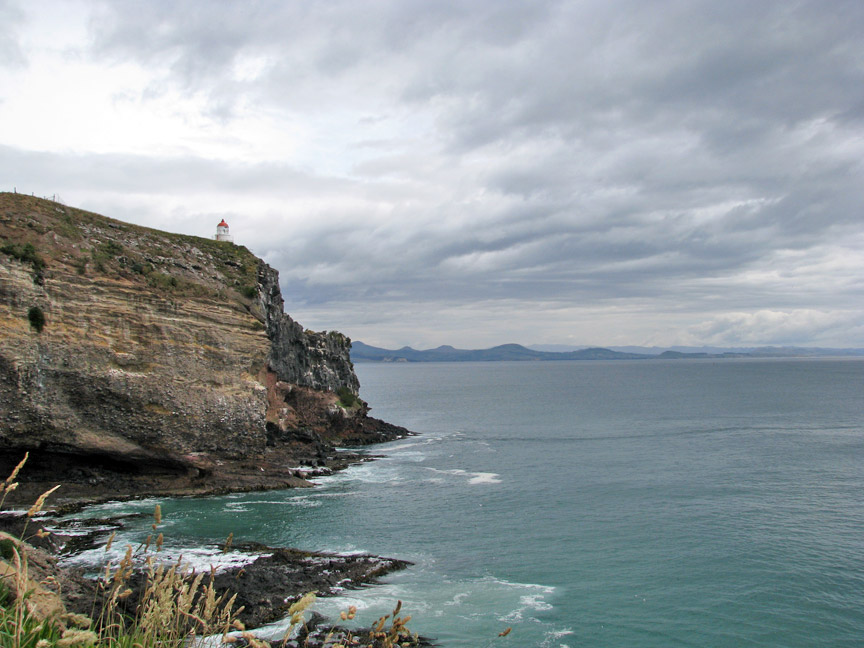
Taiaoria Head
Taiaroa Head is a headland at the end of the Otago Peninsula in New Zealand, overlooking the mouth of the Otago Harbor. It lies within the city limits of Dunedin. The nearest settlement, Otakou, lies three kilometers to the south.
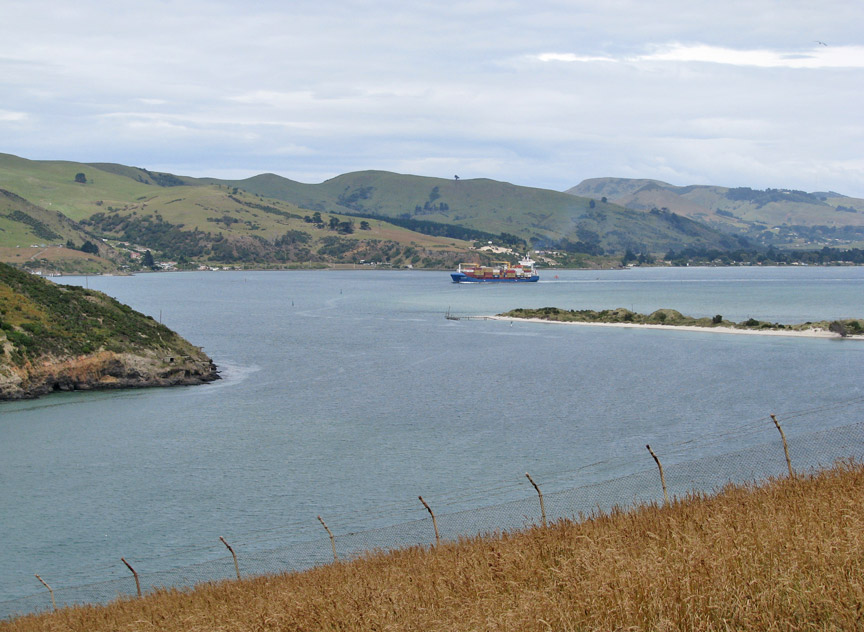
entrance to Dunedin harbor
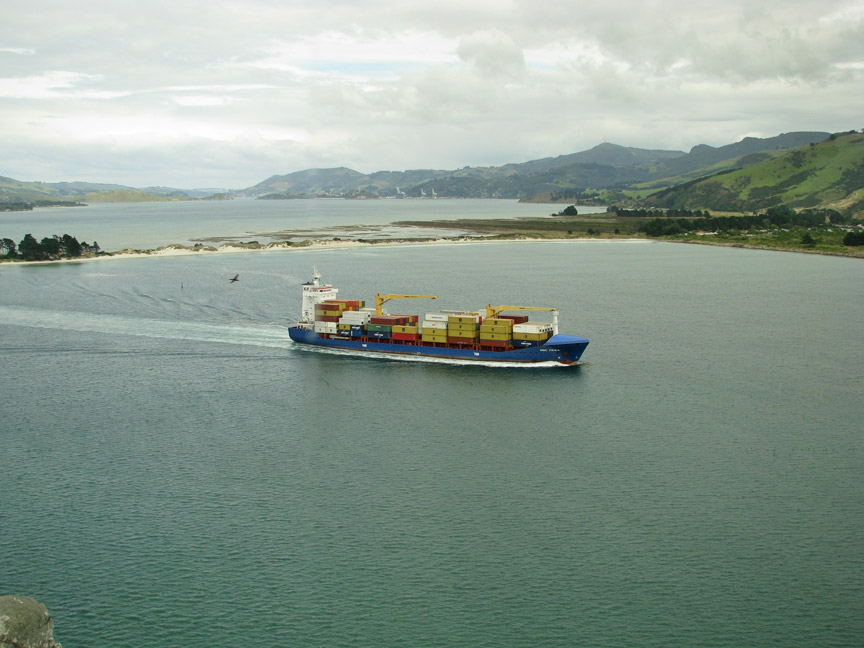
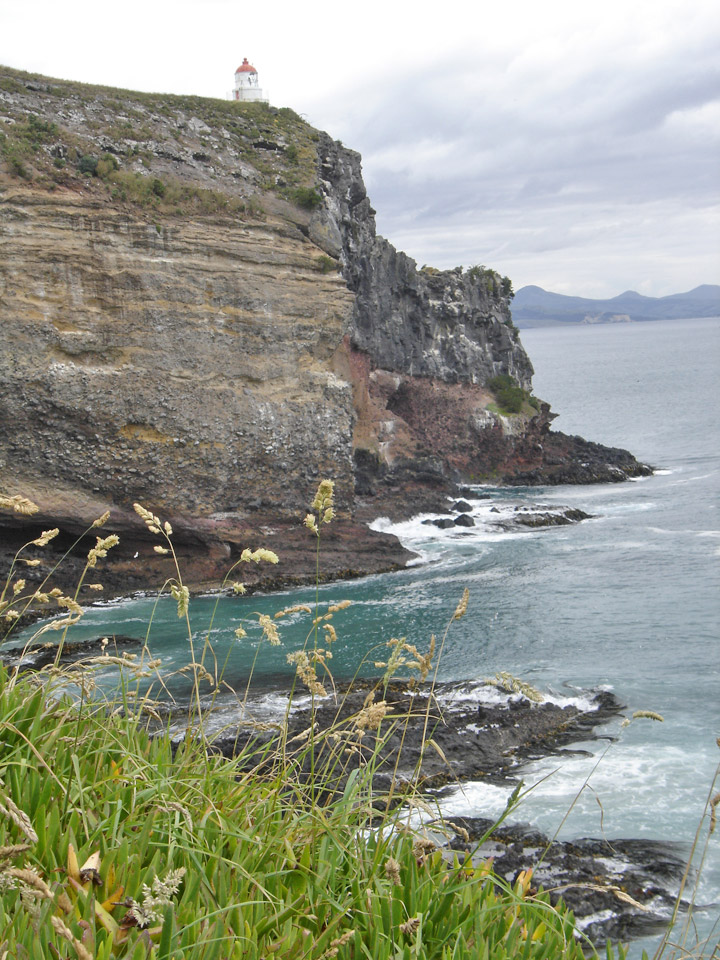
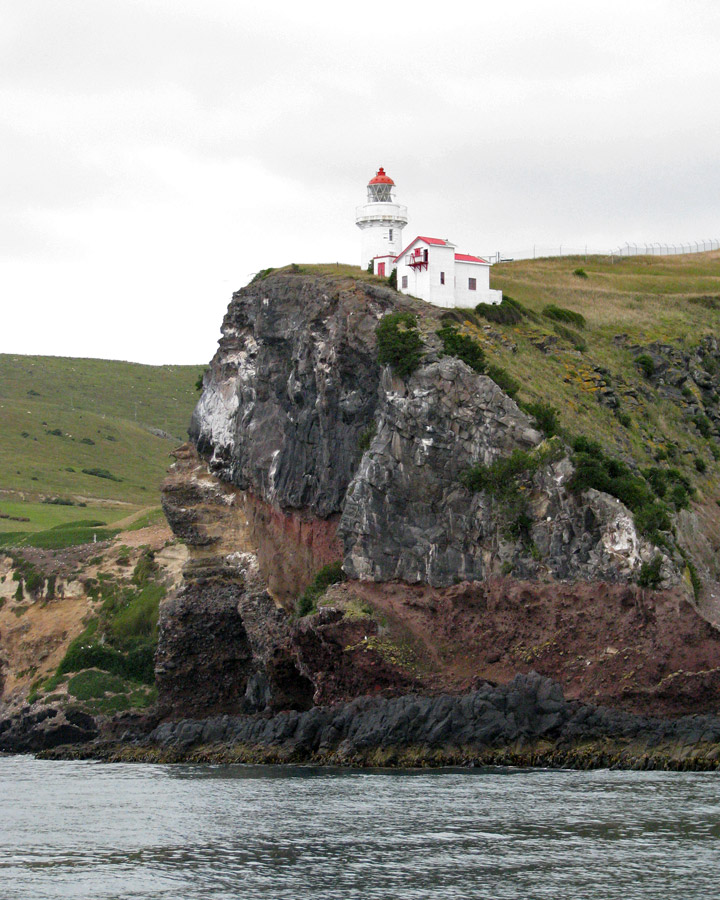
The cape is home to a lighthouse, built in 1864, and a colony of over 100
Northern Royal Albatrosses, which established itself in 1919 - the only such
colony on an inhabited mainland. Ruins of former coastal defenses are located
nearby, notably a restored Armstrong disappearing gun emplacement built in 1886
following a scare that New Zealand might be invaded by the Russians. A small
beach, Pilots Beach, is located just inside the harbor entrance to the south of
the head, and many forms of marine life, such as New Zealand Fur seals and
Hooker's Sea Lions are often to be seen. At Pilots beach is the largest colony
of little or blue penguins remaining on the Otago Peninsula. Nearby are
important breeding habitats of the threatened yellow-eyed penguin. There may
also be seen a large number of dolphins or migratory large whales. Historically,
there were several commercial whaling stations established on the peninsula and
the number of whales in this area were heavily exploited. Fortunately, however,
their sightings in these areas are on the increase. The part of Taiaroa Head
where Northern Royal Albatrosses breed is managed by the NZ Department of
Conservation as a Nature Reserve with restricted entry. On adjacent land the
Otago Peninsula Trust manage a visitor centre and run guided tours into the
Nature Reserve. Pilots Beach is managed as a Recreation reserve by the Dunedin
City.
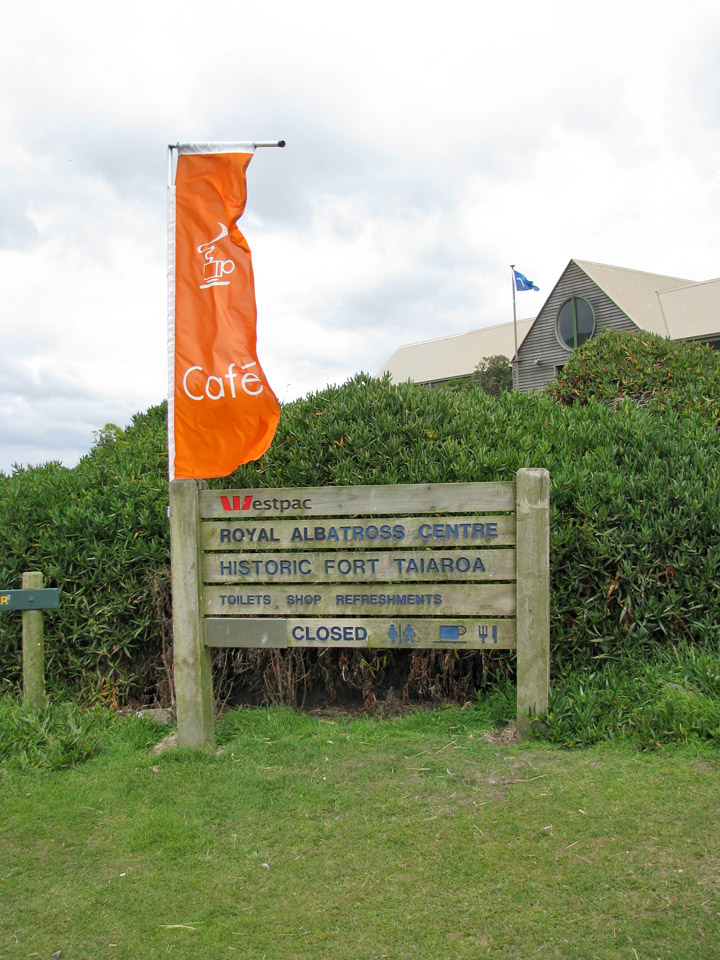
Photos of Royal Albatross Centre and Fort Taiaroa
The headland is named for Te Matenga Taiaroa, a 19th century Māori chief of the Ngai Tahu iwi. Pukekura, a significant Māori pā was located on the headland, having been established about 1650 and still occupied by Māori in the 1840s. It is associated with a daring warrior called Tarewai who was active in the 18th century. Pilot's Beach was formerly known as 'Hobart Town Beach' from the whaling tryworks established there in 1836 by the Weller brothers employing men from Hobart. Previously it was called 'Measly Beach' from its being a place where Māori went to bathe when afflicted by a measles epidemic in 1835.
Text from Wikipedia
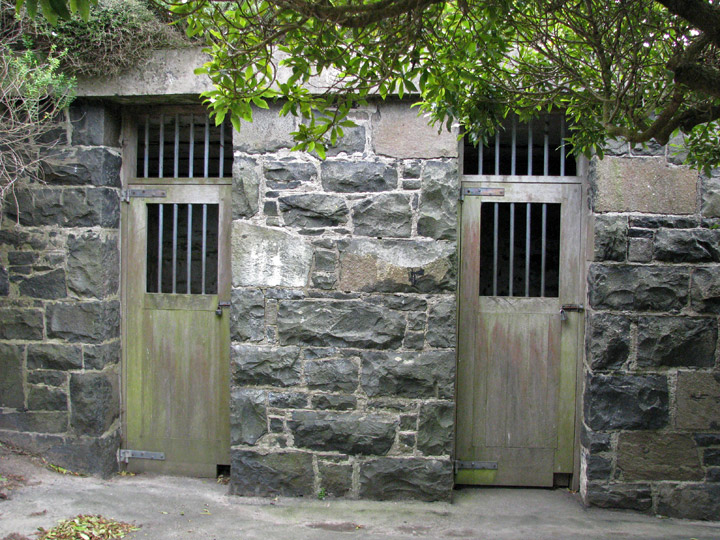
Taiaroa Head Jail
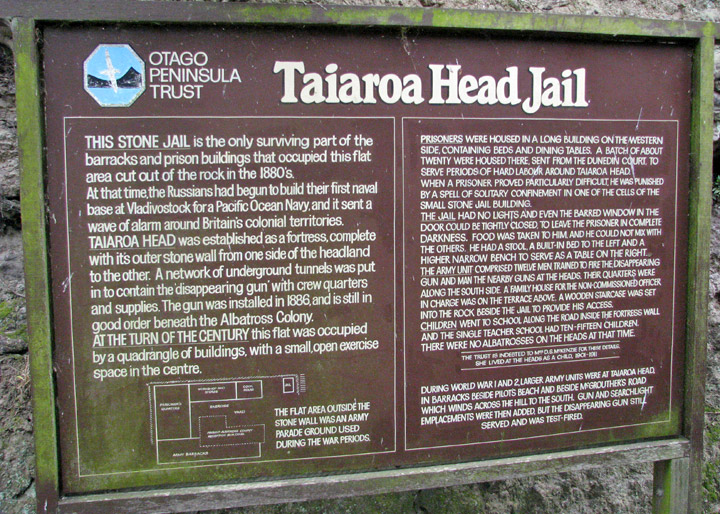
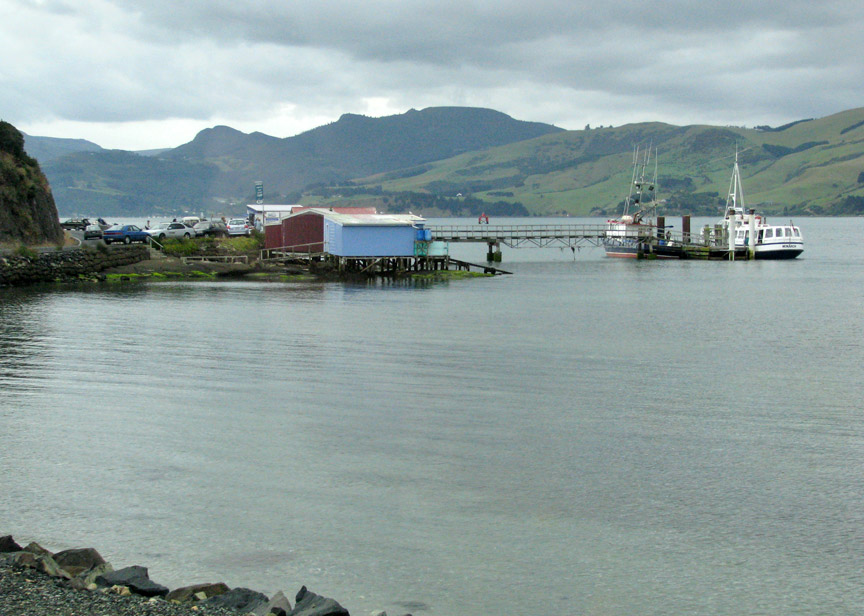
dock for the boat cruise around Taiaoria Head


bird breeding slope
view platform of the Albatross Centre on the top of the cliff
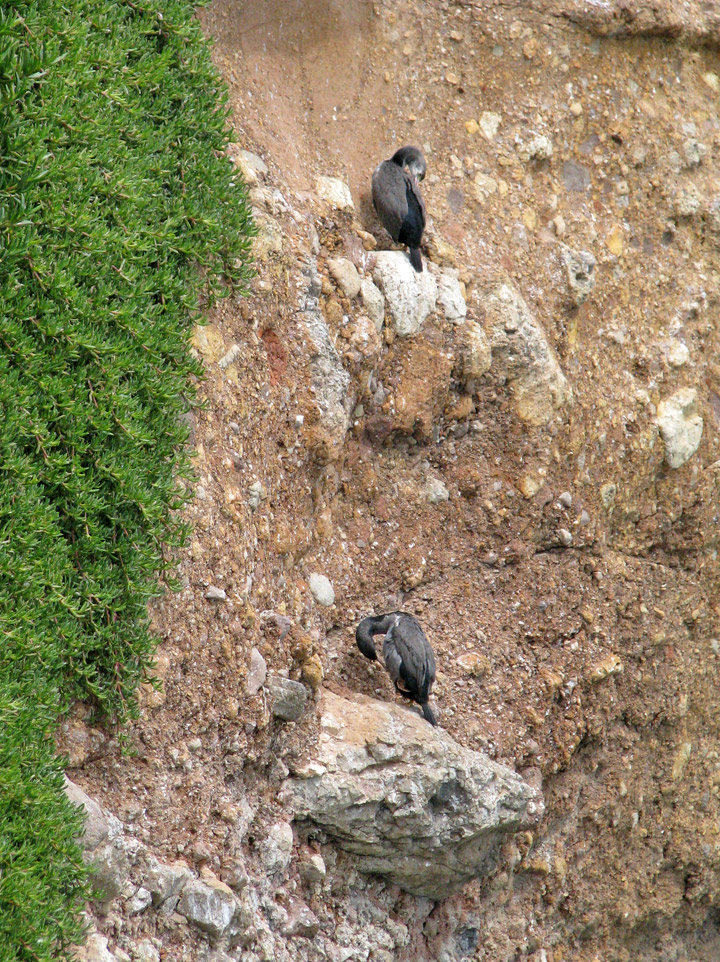
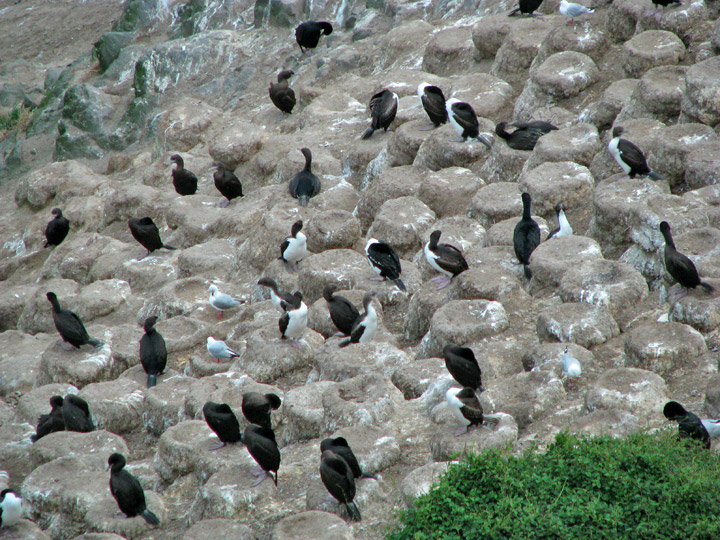
skags
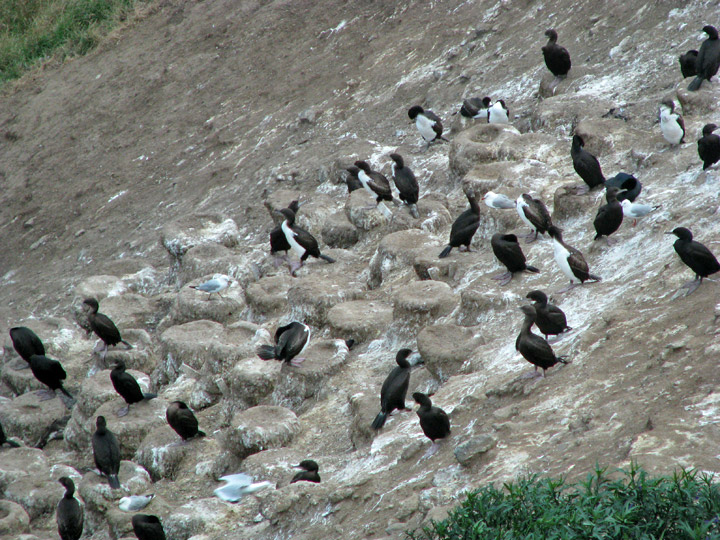
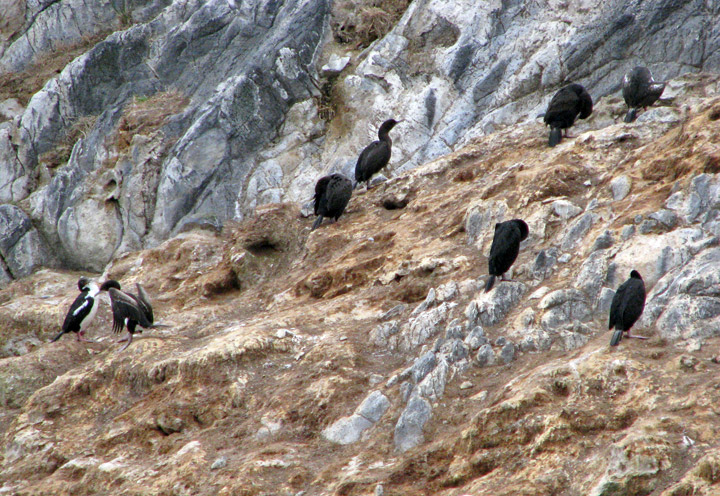
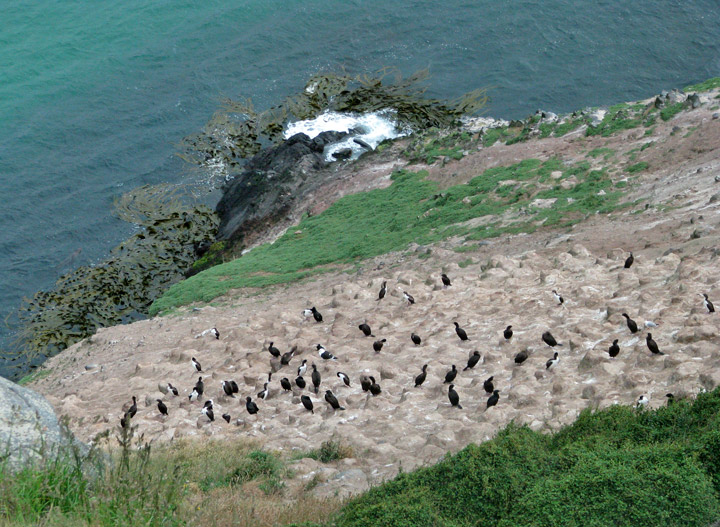
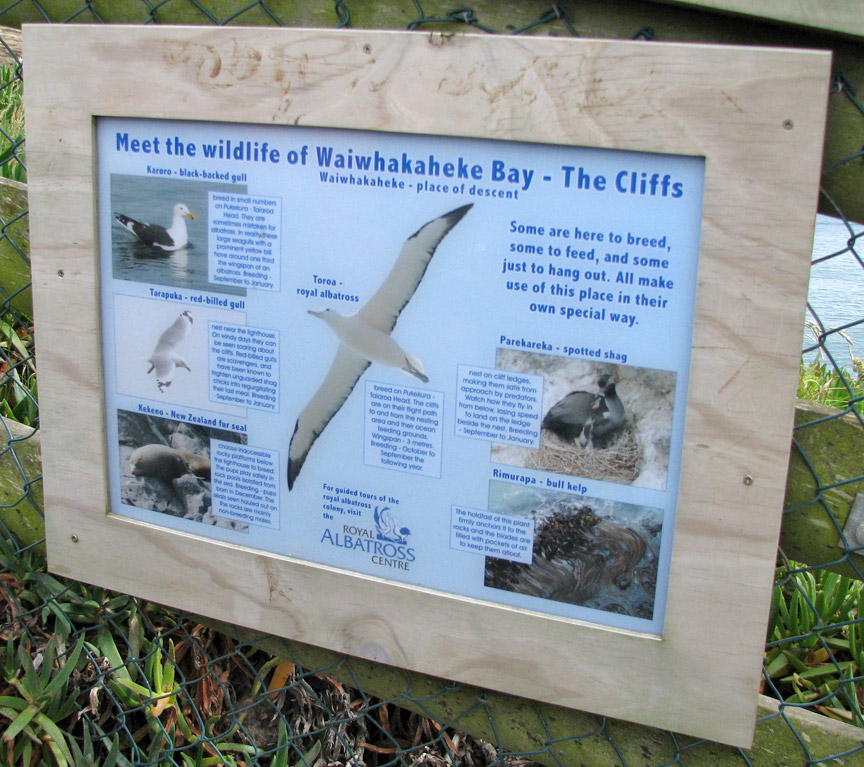
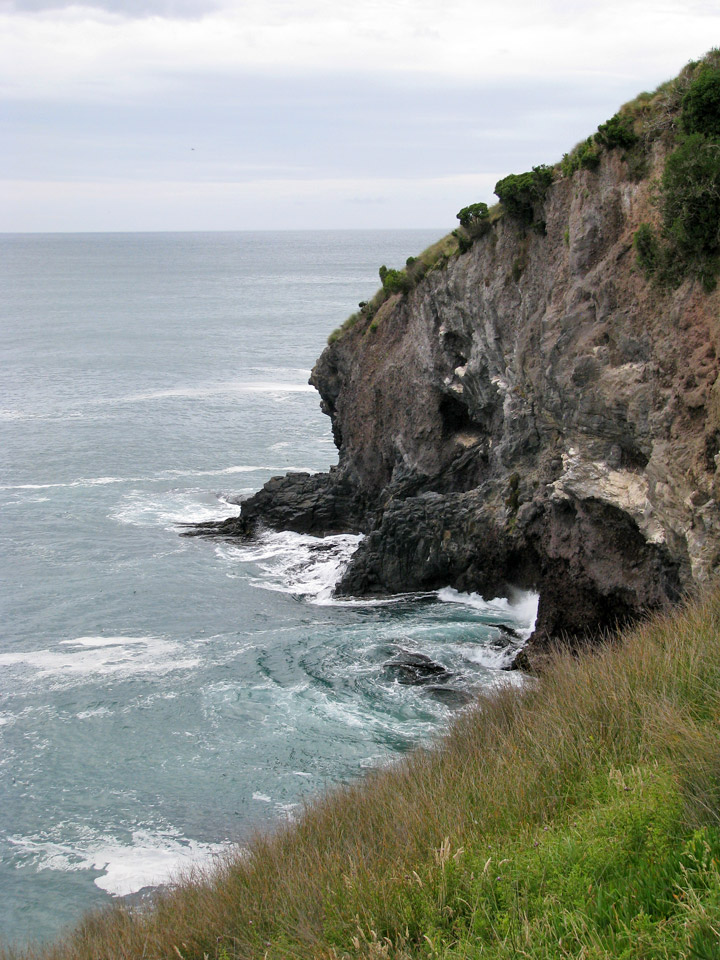
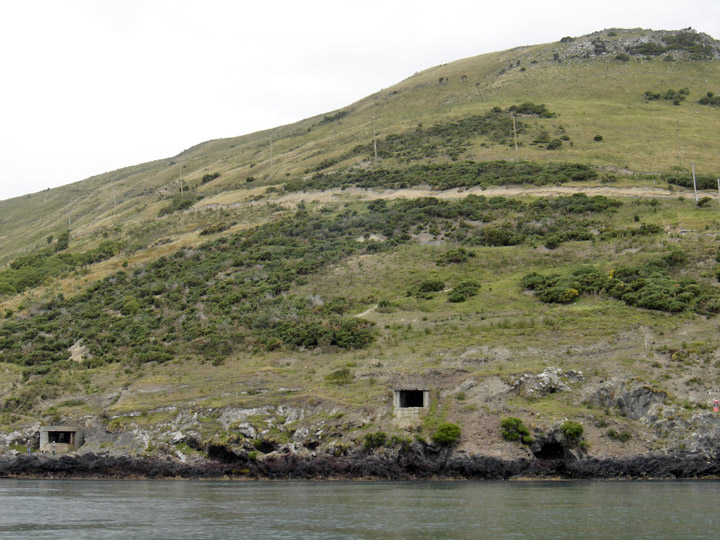
part of the hill fortification

lighthouse
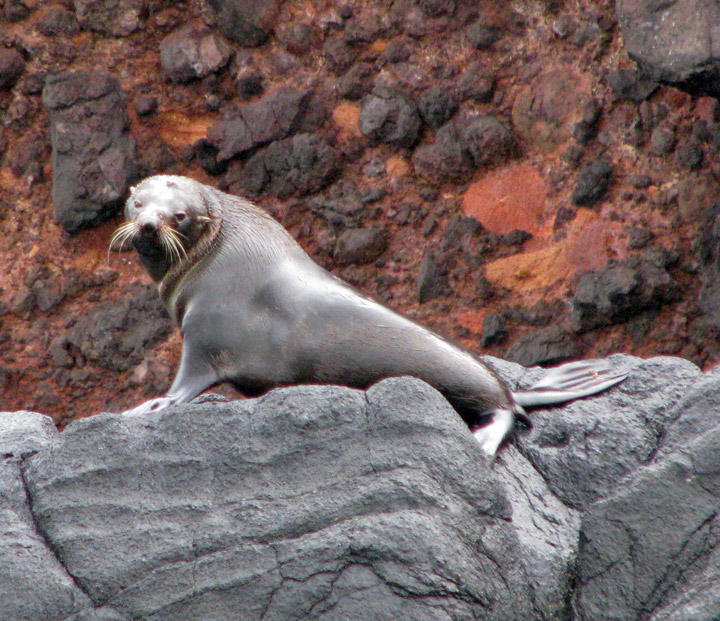
sea lion
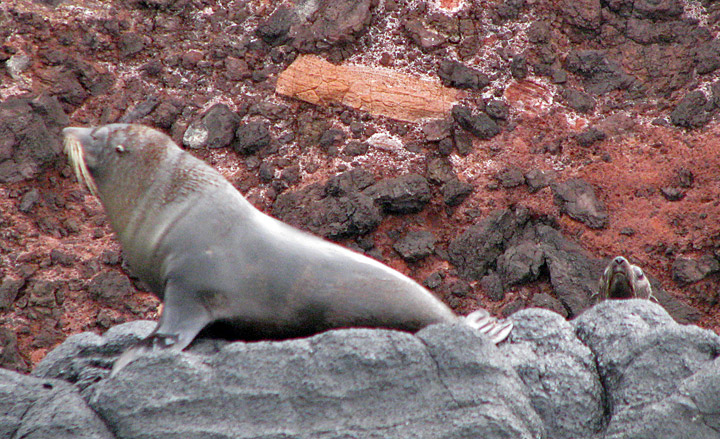
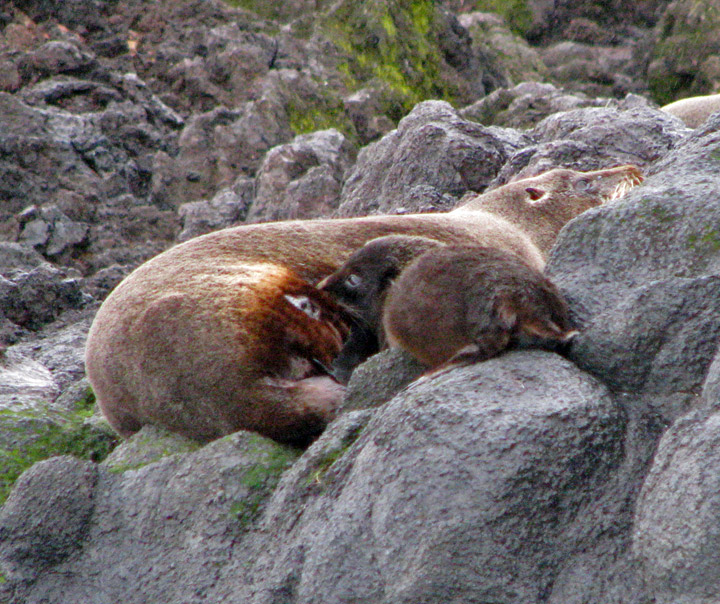
mother and pup

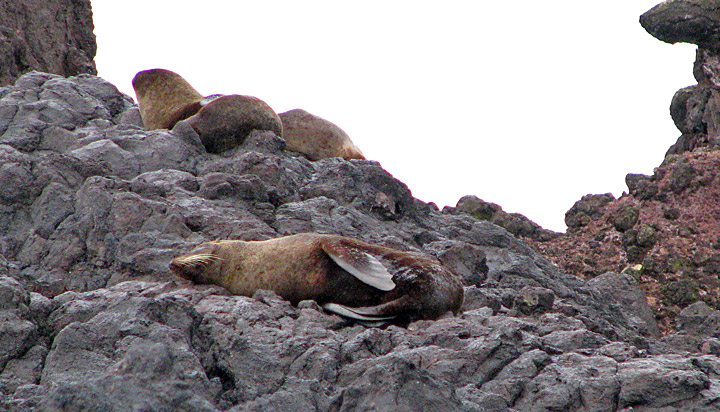
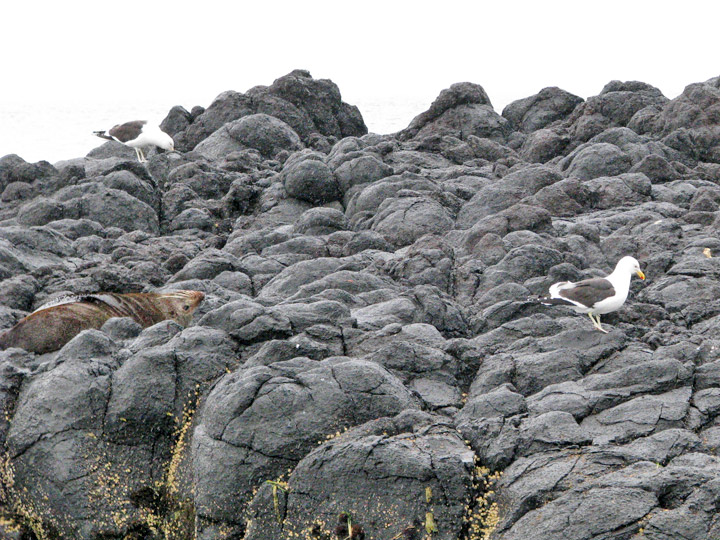
sharing the rocks with the gulls
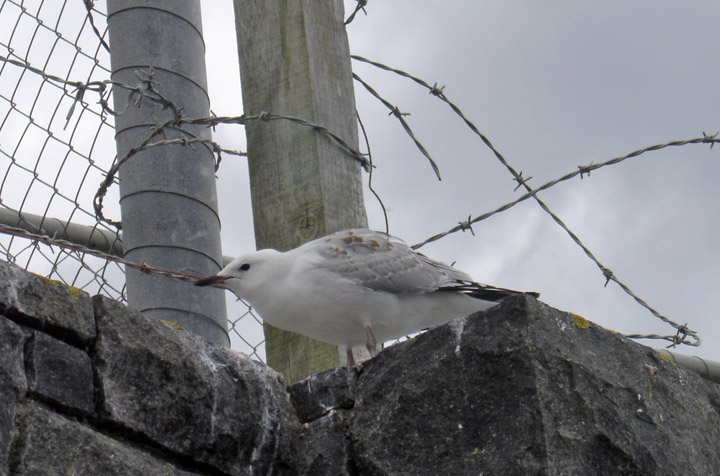
guard gull
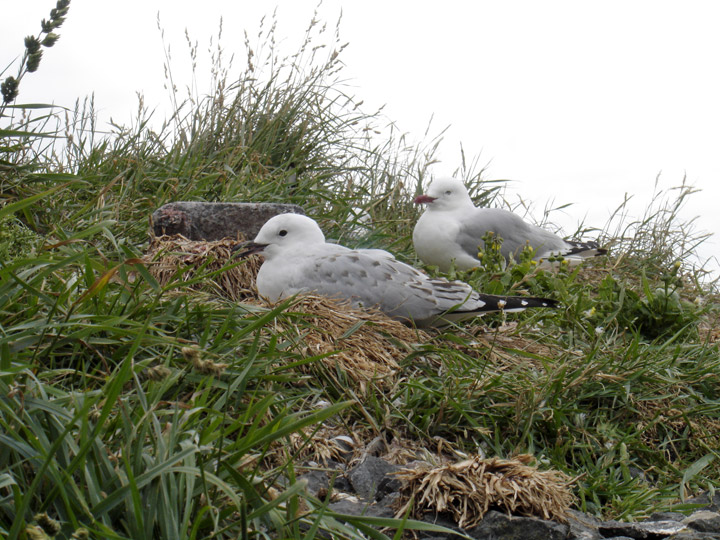
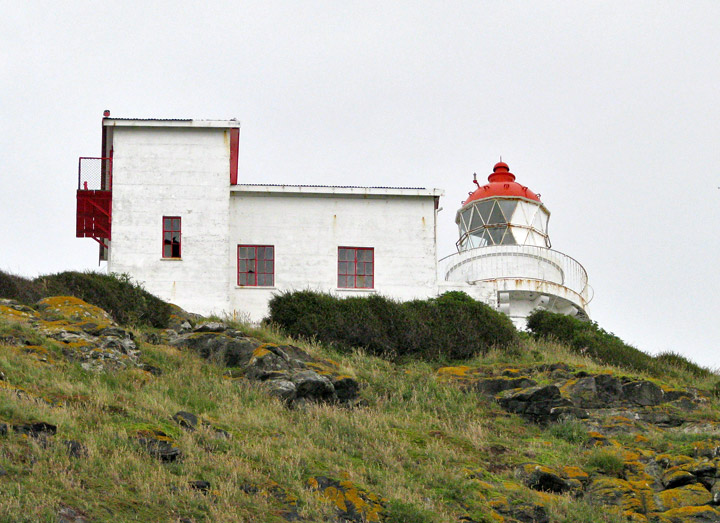
Taiaoria Head lighthouse
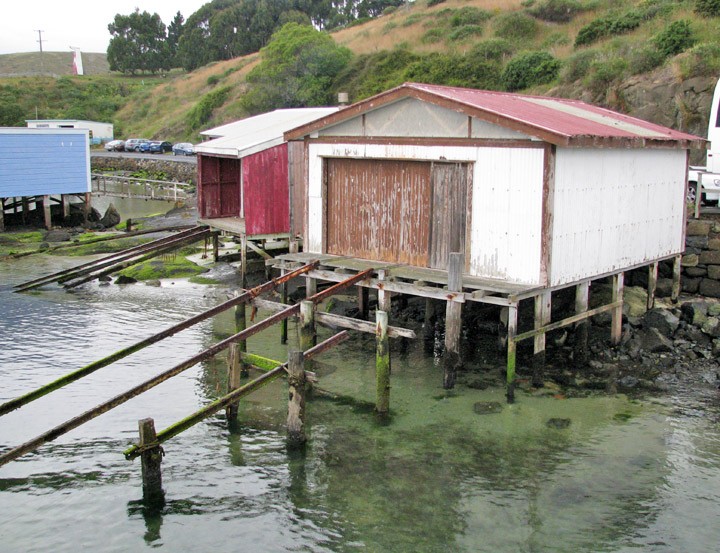
boat house